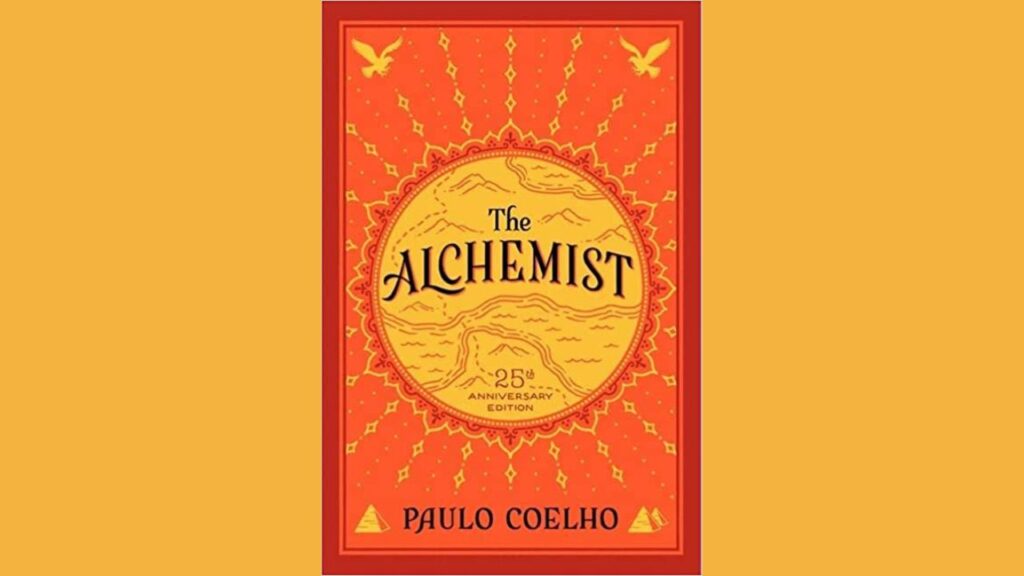
Student Notes – The Sun Also Rises by Ernest Hemingway
Introduction:
The Sun Also Rises, written by Ernest Hemingway and published in 1926, is a landmark novel that captures the disillusionment and aimlessness of the post-World War I generation known as the Lost Generation. Set primarily in Paris and Pamplona, Spain, the story follows a group of expatriates as they navigate the aftermath of the war, searching for meaning and purpose in a world shattered by conflict. This set of student notes provides a comprehensive overview of the key elements, themes, and characters in The Sun Also Rises, along with analysis and discussion points for further exploration and understanding.
Historical Context:
- The Lost Generation: The novel reflects the experiences and attitudes of the Lost Generation, a term coined by Gertrude Stein to describe the post-war generation disillusioned by the devastation and futility of World War I.
- The Roaring Twenties: The novel captures the cultural and social climate of the 1920s, characterized by rebellion against traditional values, the rise of consumerism, and a sense of disillusionment.
Characters:
- Jake Barnes: The novel’s protagonist, Jake is a war veteran and journalist who suffers from a war-related injury that has left him impotent. He embodies the sense of disillusionment and emotional detachment prevalent among the Lost Generation.
- Lady Brett Ashley: A glamorous and independent woman, Brett symbolizes the changing roles of women in society and serves as a catalyst for the conflicts and desires among the male characters.
- Robert Cohn: A writer and former amateur boxer, Cohn represents the outsider striving for acceptance and struggles with his own insecurities.
- Other Characters: Mike Campbell, Bill Gorton, Pedro Romero, among others.
Plot Summary:
- The novel follows a group of expatriates, primarily Americans, as they travel from Paris to Pamplona to witness the running of the bulls.
- The story explores their relationships, their struggles with love and desire, and the search for meaning and identity in a post-war world.
- Themes: Lost Generation, Love and Desire, Masculinity, Identity, Authenticity.
Key Themes and Symbolism:
- Lost Generation: Hemingway explores the disillusionment, aimlessness, and moral ambiguity of the post-war generation, capturing their search for identity and purpose in a fractured world.
- Love and Desire: The novel delves into the complexities of love and desire, highlighting the themes of unrequited love, sexual tension, and the challenges of forming meaningful connections.
- Masculinity: Hemingway’s depiction of masculinity focuses on notions of strength, stoicism, and performance, highlighting the characters’ struggles to conform to societal expectations.
- Identity and Authenticity: The characters in the novel grapple with questions of personal identity and authenticity, attempting to find their true selves amid societal pressures and the disillusionment of war.
Analysis and Discussion Points:
- Examine Hemingway’s concise writing style and its impact on the narrative, discussing his use of dialogue and understated descriptions to convey meaning.
- Explore the role of alcohol in the novel, considering its function as a coping mechanism, a symbol of hedonism, and a means of escaping the realities of life.
- Discuss the complexities of Jake and Brett’s relationship, analyzing the themes of unattainable love, sacrifice, and the limitations of physical and emotional intimacy.
- Reflect on the themes of masculinity and the pressures faced by the male characters to conform to societal expectations, considering how their struggles mirror broader societal anxieties about masculinity.
- Analyze the portrayal of Spain and the running of the bulls as a symbolic backdrop, exploring its themes of passion, danger, and the clash between tradition and modernity.
Conclusion:
The Sun Also Rises is a profound exploration of the Lost Generation’s disillusionment and search for meaning in a post-war world. Ernest Hemingway’s spare and impactful prose captures the emotional complexities of the characters and the societal shifts of the time. By engaging with the student notes provided, readers can delve deeper into the novel’s themes, characters, and historical context, gaining a deeper understanding of Hemingway’s portrayal of a generation grappling with the aftermath of war and the challenges of forging personal identities amidst societal pressures.





